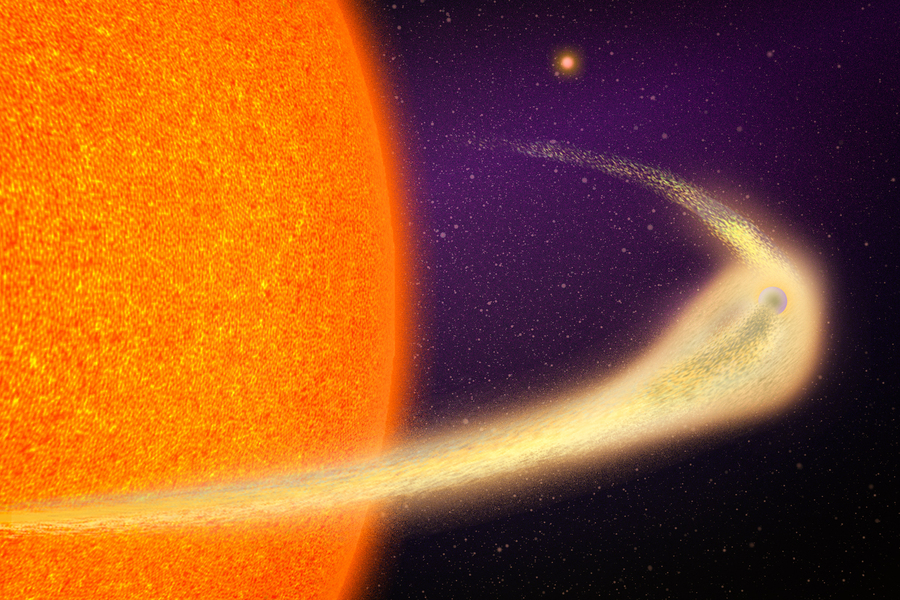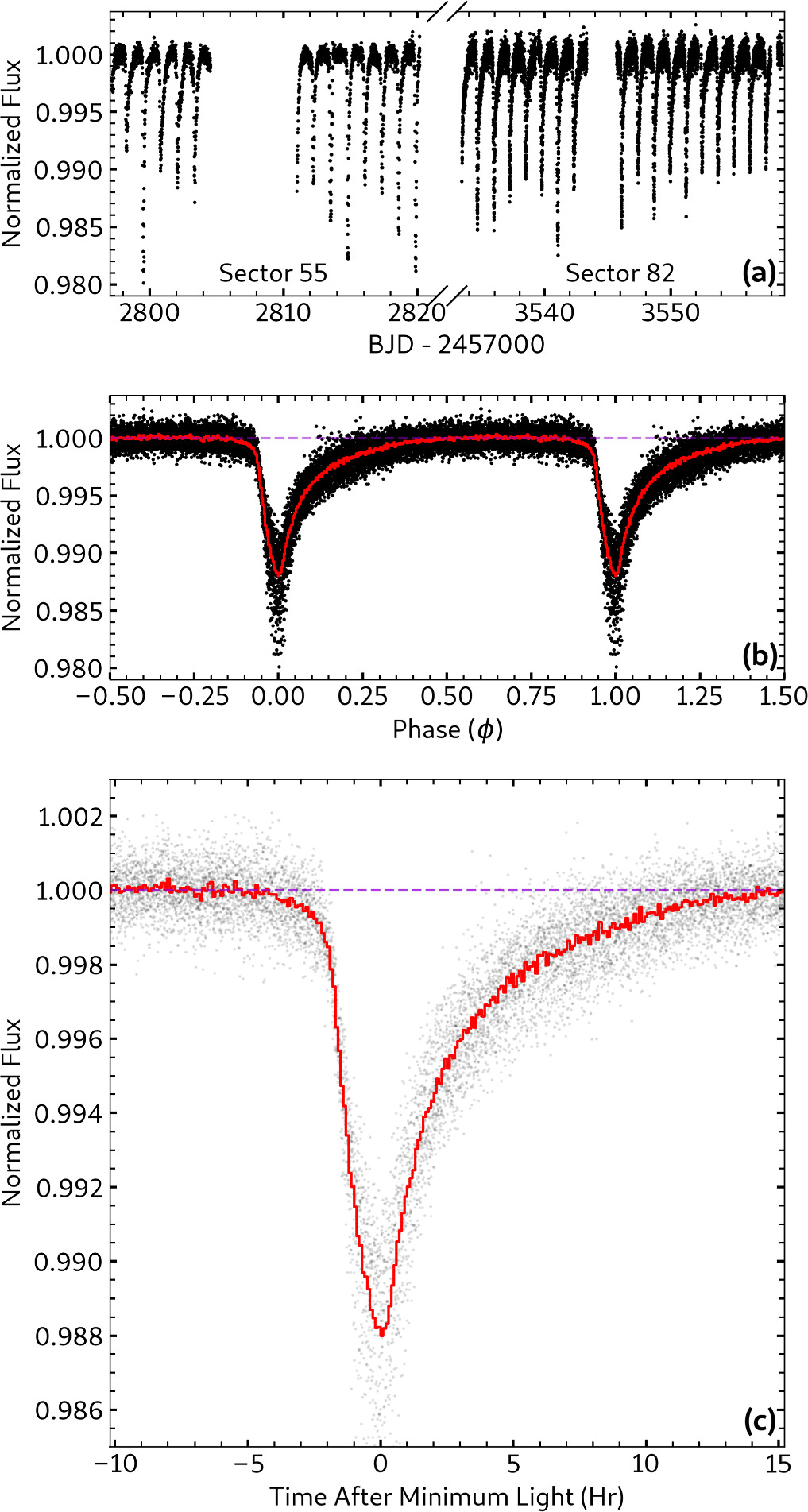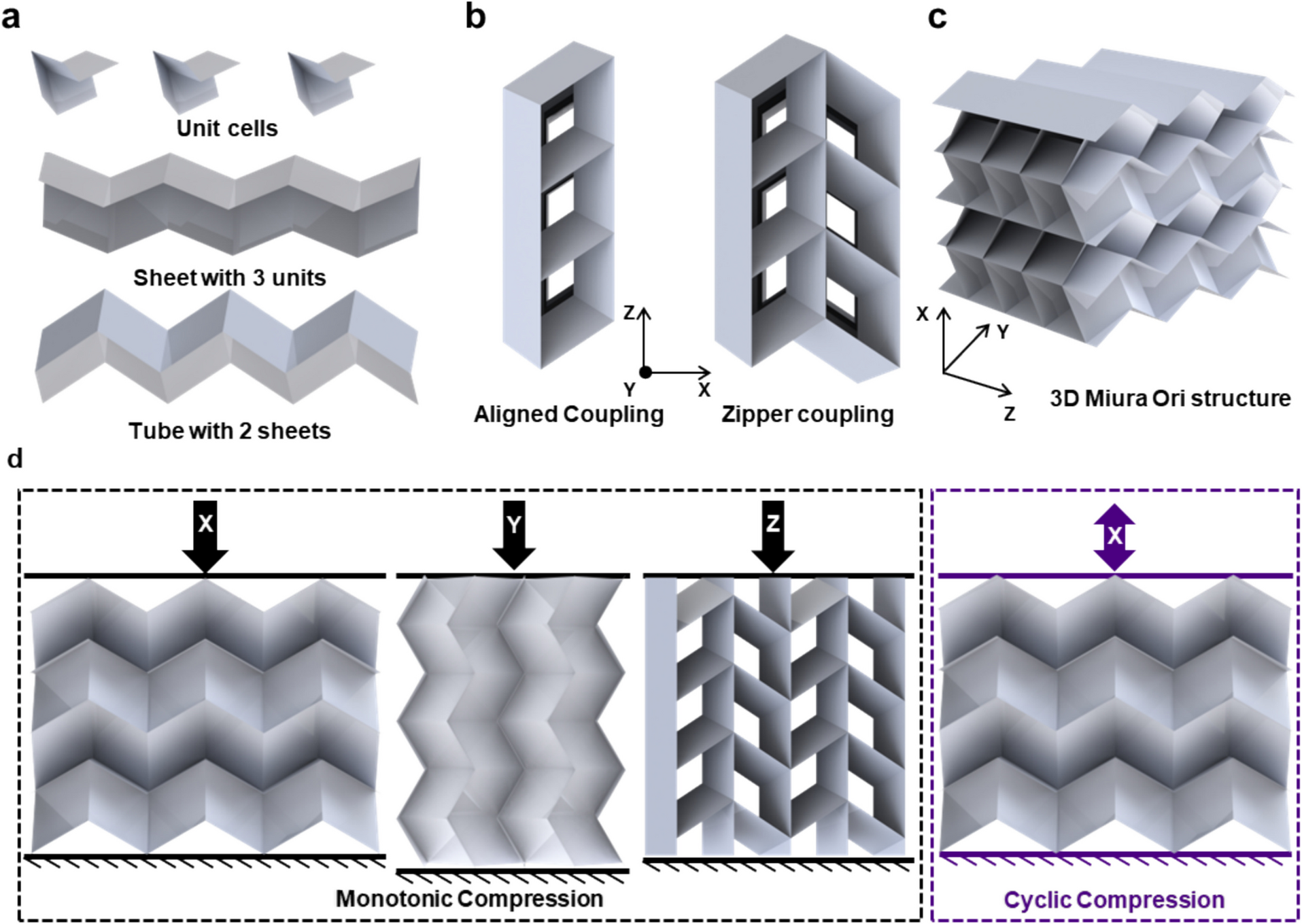2025-04-22 マサチューセッツ工科大学(MIT)

マサチューセッツ工科大学(MIT)の研究チームは、地球から約140光年離れたペガスス座に位置する岩石惑星「BD+05 4868 Ab」が、恒星の強烈な熱により急速に蒸発し、彗星のような尾を形成していることを発見しました。この惑星は、太陽の約70%の質量と直径を持つオレンジ色の矮星の周囲を、わずか30.5時間で公転しており、恒星からの距離は水星の太陽からの距離の約1/20です。表面温度は約1,600℃に達し、マグマ状となった表面が蒸発して、毎回の公転でエベレスト山に相当する質量を失っています。この蒸発した物質は、約900万キロメートルに及ぶ鉱物ダストの尾を形成し、恒星の半周以上にわたって広がっています。
<関連情報>
- https://news.mit.edu/2025/astronomers-discover-planet-thats-rapidly-disintegrating-producing-comet-tail-0422
- https://iopscience.iop.org/article/10.3847/2041-8213/adbf21
明るい星の周囲にある彗星のような尾を持つ崩壊しつつある岩石惑星 A Disintegrating Rocky Planet with Prominent Comet-like Tails around a Bright Star
Marc Hon, Saul Rappaport, Avi Shporer, Andrew Vanderburg, Karen A. Collins, Cristilyn N. Watkins, Richard P. Schwarz, Khalid Barkaoui, Samuel W. Yee, Joshua N. Winn,…
The Astrophysical Journal Letters Published: 2025 April 22
DOI:10.3847/2041-8213/adbf21

Abstract
We report the discovery of BD+05 4868 Ab, a transiting exoplanet orbiting a bright (V = 10.16) K-dwarf (TIC 466376085) with a period of 1.27 days. Observations from NASA’s Transiting Exoplanet Survey Satellite reveal variable transit depths and asymmetric transit profiles that are characteristic of comet-like tails formed by dusty effluents emanating from a disintegrating planet. Unique to BD+05 4868 Ab is the presence of prominent dust tails in both the trailing and leading directions that contribute to the extinction of starlight from the host star. By fitting the observed transit profile and analytically modeling the drift of dust grains within both dust tails, we infer large grain sizes (∼1–10 μm) and a mass-loss rate of 10 M⊕ Gyr−1, suggestive of a lunar-mass object with a disintegration timescale of only several Myr. The host star is probably older than the Sun and is accompanied by an M-dwarf companion at a projected physical separation of 130 au. The brightness of the host star, combined with the planet’s relatively deep transits (0.8%–2.0%), presents BD+05 4868 Ab as a prime target for compositional studies of rocky exoplanets and investigations into the nature of catastrophically evaporating planets.



